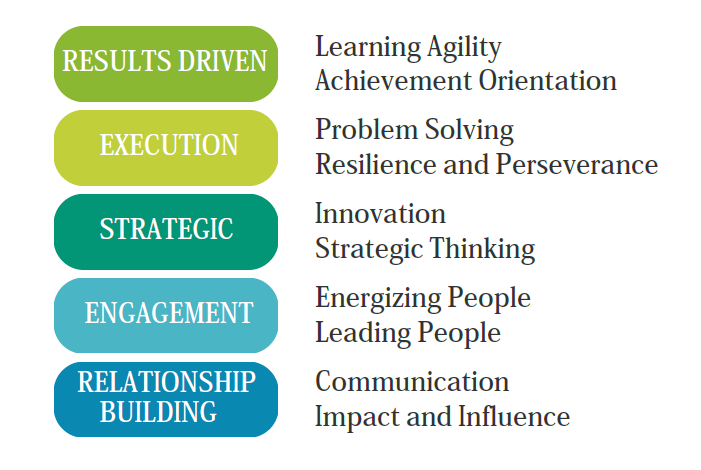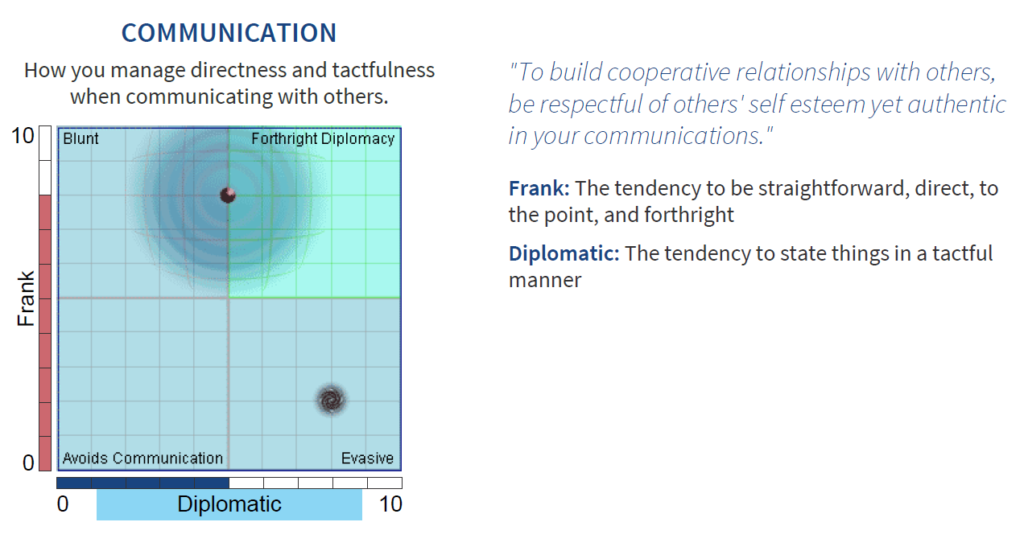I regularly rub shoulders with senior business leaders and find that many do not fully comprehend what leadership competencies matter most to be successful within an organisation. A leader generally doesn’t like to waste time, yet regarding developmental approaches I find many who do, by inadvertently chasing shiny objects that promise transformation, yet deliver little progress. Having been in senior leadership positions and now walking beside leaders, I want to share some key insights to assist leaders in focusing on those developmental areas that create an exponential difference in their organisations.

An integrated approach
I think that most understand that to make it at the top, senior leaders must have a convergence of behavioural competencies that have been gathered through their journey to the top. However, it is often difficult to put one’s finger on the critical components that make the difference. When interviewed many leaders will point to some of their strengths that they have become aware of over the years, truly believing they are strengths that support them in a senior role. However, what we know now through research is that strengths at one level of leadership in an organisation can actually become a weakness if not tempered by other complementary behaviours. This is the whole premise of a book like Goldsmith’s, “What Got You here, Won’t Get You There.” The very behaviours that brought a promotion up the leadership ladder will undo success if uncritically transferred to executive levels of leadership.
Two steps to success
Hence, leadership development approaches that may normally be effective, will often not contribute to effective senior leadership development. To avoid wasting time by focusing on developing behavioural competencies that do not achieve senior leadership results, there are two steps that need to take place. First, find out what are the essential senior leadership traits worth developing to leverage tangible results. Second, if you are a senior leader, discover which personal leverage points you need to develop to get the most impact. The first step is not too difficult because there has been research investigating leadership behavioural competencies that are most critical at the senior level. These are leverage points that transcend technical skills. In the graphic below Harrison Assessments have nailed down 5 senior leadership key result areas (left column below), being made up of 10 (right column) combination traits (each consisting of more than one trait).

The higher up the organisational ladder, the more all developmental areas listed above need to be reprioritised as part of regular development. However, as mentioned above, the second step to achieve effective senior leadership development is not as easy as the first. Knowing which particular leverage points each leader needs to personally succeed in cannot be simply ascertained through subjective feelings. Research is clear that most managers self-rate their performance significantly higher than their direct reports. This is where, as an executive coach, I have found using Harrison Assessments to be a critical instrument of discovery for senior leaders to drill down into the specifics, removing inherent bias.
Drilling down into specifics
At a senior level, key traits that impact organisational results are often connected with intangible soft skills. These skills are consistently highly allusive to pinpoint, and even more difficult for leaders to receive reliable quality data on. Let’s take an area like ‘communication’ which is central to leadership capacity. How can one definitively identify what needs to change? This is where, as an executive coach, I have found Harrison Assessments excel, because they accurately disclose to leaders the unseen traits that either contribute to or detract from their success. The graph below reveals that communication is made up of two complementary traits which are seemingly paradoxical – FRANK and DIPLOMATIC. Yet if a leader has a strength in one area and lacks capacity in the other, that strength creates an unintended consequence, becoming a weakness. As can be seen, a high strength in being FRANK and a low tendency in being DIPLOMATIC creates a graph that plots a leader as BLUNT. This gives a leader clear direction on what needs attention. With the right tools to address these areas, and there are twelve (graphs) areas to assess, a leader soon leverages key impact areas for growth and results.

Reframe how you perceive your strengths for greater success
Leaders I work with are always surprised by the accuracy of the results they receive, and soon realise that there were blind spots that held them back. Once senior leaders begin to see themselves in a more accurate light, it brings a whole new strategic approach to their development where they can reframe their perspective. I have found when one paradoxical trait is high and the other low, there is a tendency to demonise the low area, so for example, if one is high on the FRANK trait and Low on DIPLOMATIC, they tend to interpret diplomacy as feeble or insipid. Conversely, leaders high on DIPLOMATIC interpret frankness as aggressive or narcissistic.
Take out the stress and take action
Additionally, in the soft skills area of communication, a senior leader may be required to call upon either FRANK or DIPLOMATIC traits in any given situation. However, if they only have competency in being FRANK, it produces stress, because they can’t call upon what they don’t have in the area of diplomacy, only a dysfunctional form of it – that of being “EVASIVE (notice the dark stress cyclone).” When senior leaders are open to “reframe” their perspective by accurate data to explore their previously perceived strength areas, and to acknowledge gaps in needed complementary traits, significant transformation can occur in the most leveraged senior leadership areas. Simply put, coaching senior leaders through targeted senior leadership growth areas, within prioritised senior leadership behavioural competencies, according to their own specific growth areas, is the best way to leverage development effort to see tangible results.
Free Executive Leadership Quiz for Senior Leaders to explore your development needs.
Executive Coach, David Allan MBus
